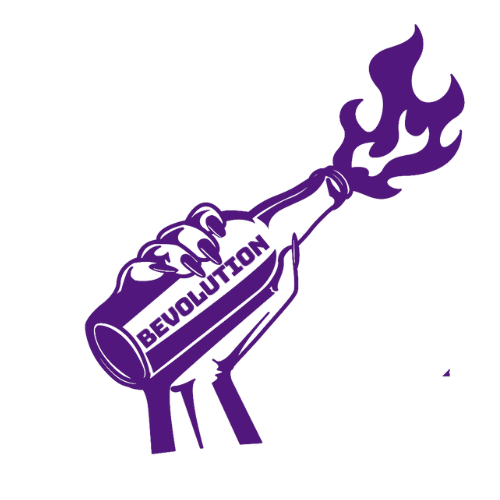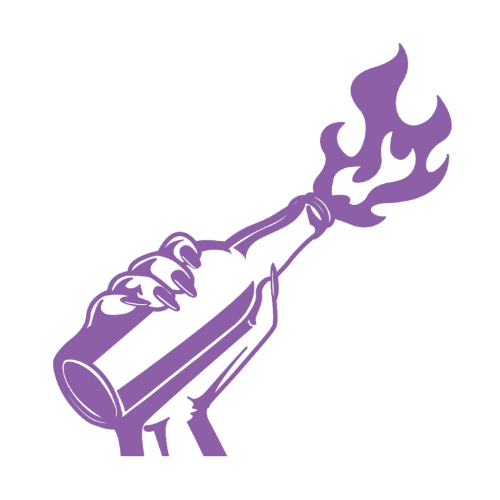
Brewery HR Best Practices
HR Foundations:
Talent Management and Workforce Planning
Recruitment
Culture and Engagement
Employee Relations
Compliance and Safety
Total Rewards (Compensation and Benefits)
Learning and Development
Performance Management
Diversity, Equity and Inclusion
Sexual Harassment Prevention Best Practices:
(BA Training Webinar with Nikki Larchar, Define The Line)
Policies
Anti-Harassment Policy
Provide clear examples of harassing or discriminatory behaviors, even if not unlawful in and of themselves
Ex. Prohibited Conduct
Unwanted sexual advances or requests for sexual favors
Verbal sexual advances or propositions
Sexual, derogatory, or discriminatory jokes, comments, or innuendo
Unwelcome physical interaction
Physical conduct that includes touching, assaulting, or impeding or blocking movements
Insulting or obscene comments or gestures
Offensive email, voicemail, text messages, and social media posts
Derogatory, discriminatory, and suggestive or sexually explicit posters, calendars, photographs, graffiti, or cartoons
Making or threatening retaliation after a negative response to sexual advances
Visual conduct that includes leering, making sexual gestures, or displaying of sexually suggestive, derogatory, or discriminating objects or images
Any other visual, verbal, or physical conduct or behavior deemed inappropriate by the organization
The policy should cover any staff interaction with colleagues, supervisors, customers, vendors, suppliers, contractors, account reps, etc.
On-site and off-site incidents should follow the same guidelines
Complaint Process Policy
Promote third-party anonymous reporting resources (NotMe,WeVow, Speakfully, Red Flag Reporting, Empower Work)
Make available to employees, customers, vendors, suppliers, contractors, accounts
Designate multiple points-of-contact for reporting (manager and executive level, different gender identities)
Track incidents and watch for patterns or repeat complaints against a particular individual
Response
Thank the victim for reporting
Ask if they feel comfortable sharing more details (who, what, when, where)
Take immediate action to protect employees
Ex: Leave of Absence during the investigation, schedule changes to prevent further interaction, or termination of the harasser
Ask the victim how the organization can best support them (medical and/or mental health resources, legal resources, paid leave)
Provide a timeline for the next steps and follow up with the victim
Remind victim to report any form of retaliation
Ex: reduction in hours/pay, exclusion from team meetings or internal communications, negative performance reviews, hostile interactions, or threats
Begin investigation process
Compile all evidence/documentation provided by the victim or accessible to the employer (video footage, photos, text messages, emails, screenshots, timeclock entries, witness statements, performance documentation, etc.)
Interview everyone who was involved in or witnessed the incident. Conduct the interviews individually in a private setting
Bring in a third-party investigator if the company does not have internal/external HR resources OR the allegations involve executives/owners/investors
Communication
Start today, admit mistakes or oversights, and commit to continuing the conversation
Conduct regular pulse surveys, focus groups, and 1-on-1 interviews to inform new policies and procedures
Establish mandatory annual anti-harassment and DEI training for all staff
Harassment Training Resources: Safe Bar Network, Not On The Menu, Safe Bar Network, ServSafe, Define The Line Comic
Legally required in California, Connecticut, Delaware, Illinois, Maine, New York, New York City, District of Columbia (Tipped employees), Washington (Hotel, motel, retail, security guard entity or property services contractor)
DEI Training Resources: Beer Diversity, Crafted For All
Monthly reminders of the anti-harassment policy, including discussions/training in regular team meetings
Make a plan and stick to it, share progress with staff and ask for feedback
Trust is only earned with follow-through and consistent attention
Financial Considerations
Employees that feel safe and supported are more productive and engaged, which reduces turnover and hiring costs
Prevention is the best way to protect the company from lawsuits
Bad publicity = decline in sales and brand reputation
Thorough investigation and corrective actions, with the assistance of a third-party, protects public image and helps the company avoid paying hefty legal fees and fines

